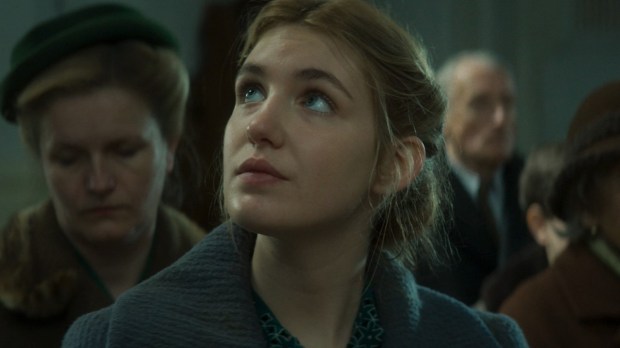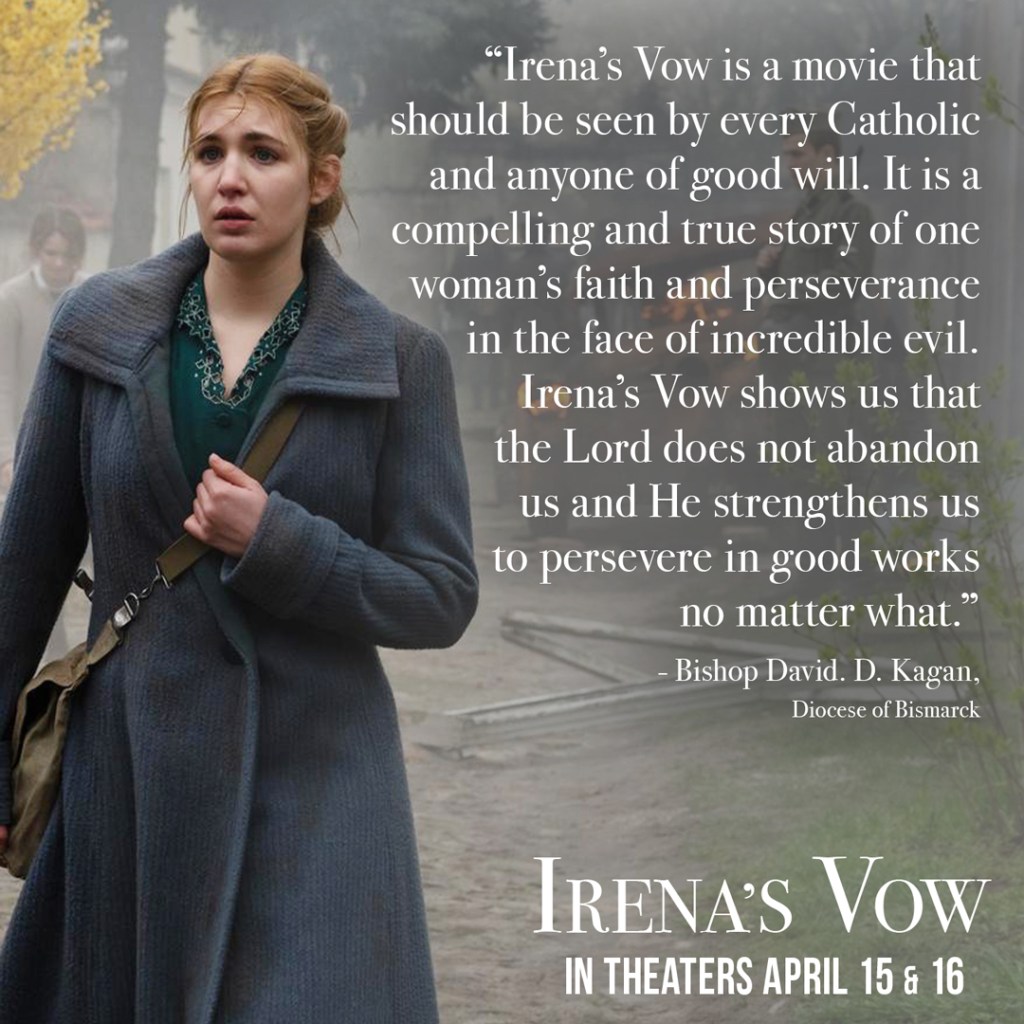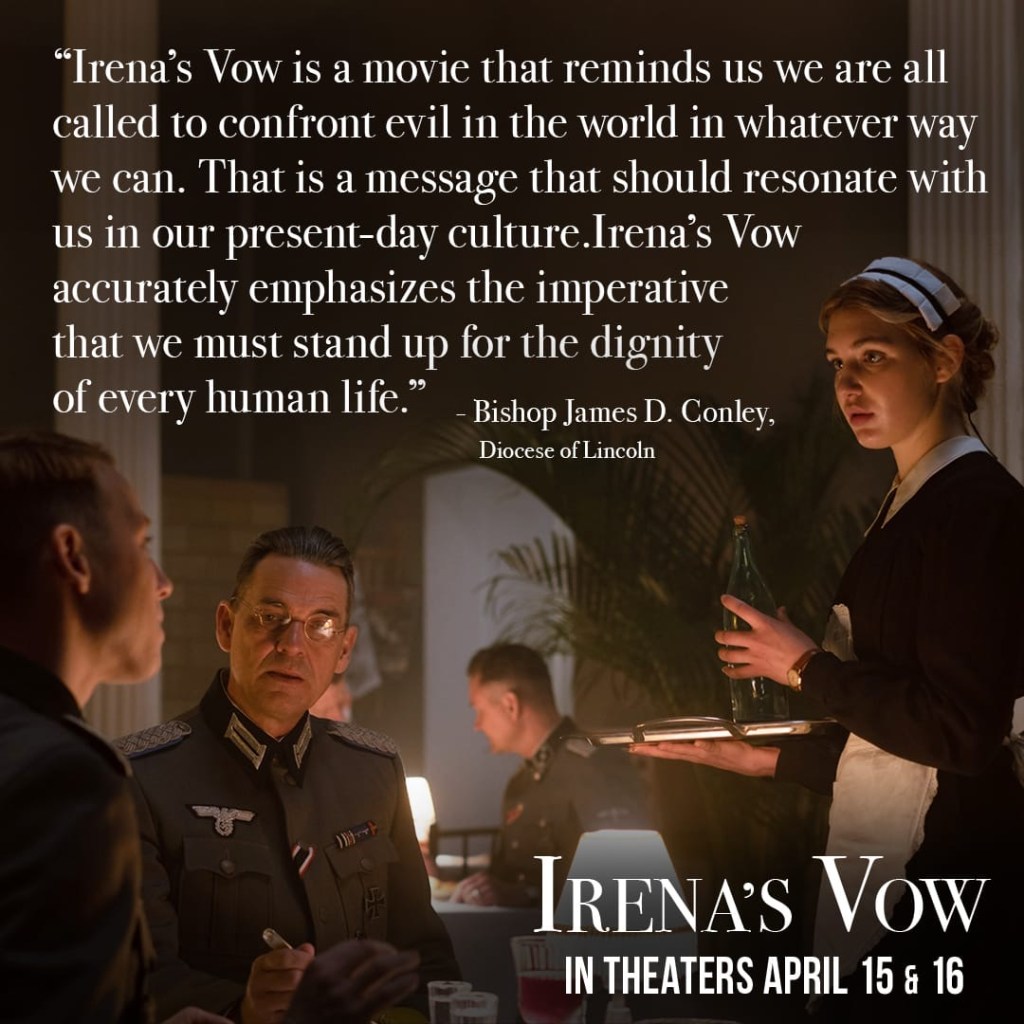Carlo Acutis statue to serve
as a model for students
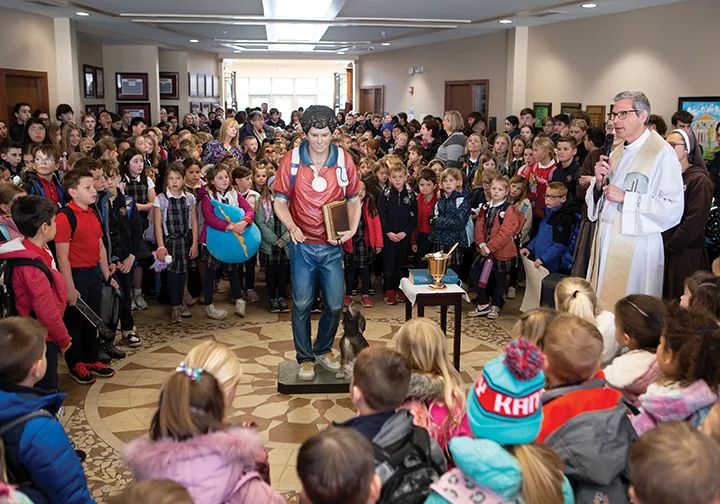
by Moira Cullings
moira.cullings@theleaven.org
LEAWOOD — The authentic life of Blessed Carlo Acutis is a model for our times, according to leaders at St. Michael the Archangel Parish here.
“He loved Jesus, he loved sports, he loved soccer, he loved video games,” said Father Luke Doyle, associate pastor at St. Michael. “He was a normal kid who put Jesus first.
“So, it’s possible for any of us to do that.”
Acutis grew up in Italy and passed away from leukemia at age 15. Now, he has the potential to become the first-ever millennial saint.
To inspire the students of St. Michael the Archangel School with his example, the school commissioned Ferdinand Stuflesser 1875 — an Italian-based sculpting company — to create a lifelike statue of the teen.
It was unveiled to the school community on March 27.
“It’s beautiful,” said Father Doyle. “I think it’s a really incredible way that we can invite Carlo into our community — not just through prayer, but through having his representation, his likeness, in the school.”

Sister Lucia Maria Sol, SCTJM, campus minister, led the unveiling ceremony, and pastor Father Brian Schieber blessed the statue, which features Blessed Acutis accompanied by one of his dogs, the Eucharist, a Bible and a rosary.
The sculpture is six-feet tall — the same height the teen was in real life — and made of wood except for his eyes, which are crystal. It took around six months to create.
The idea for the statue came about after a few members of the St. Michael staff visited the motherhouse of the Servants of the Pierced Hearts of Jesus and Mary in Miami, where they saw the community’s lifelike sculpture of Blessed Acutis.
“They commented on how powerful it is and how beautiful and instrumental Carlo is,” said Sister Lucia.
Last year, parish staff decided to commission their own version from the same sculpting company.
“Blessed Carlo is such a model of holiness for our time,” said Sister Lucia.
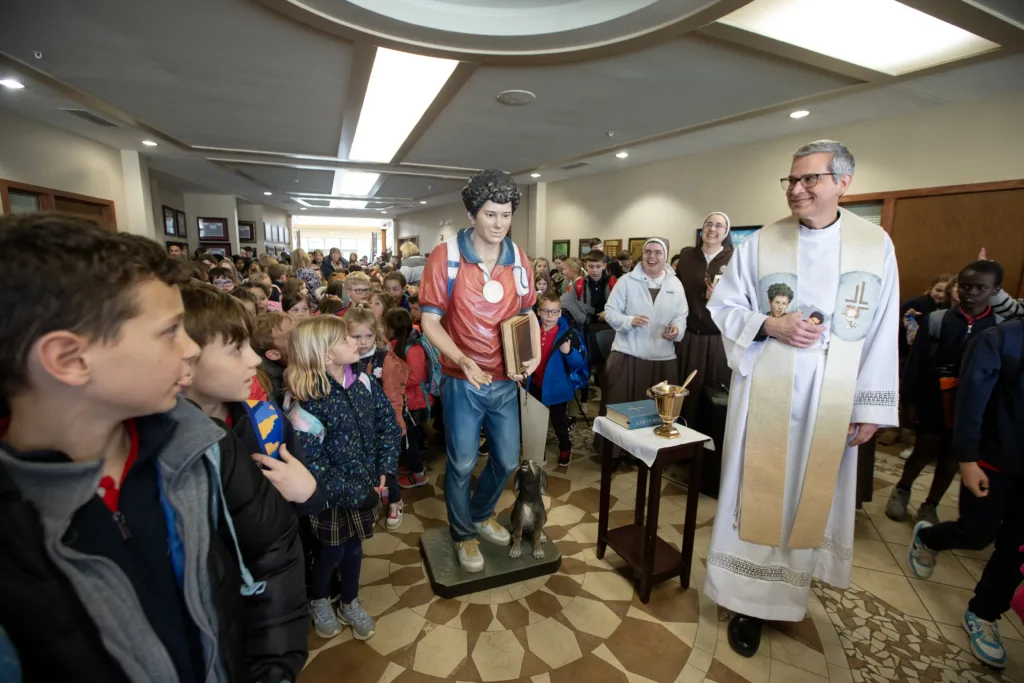
From the time he made his first Communion, Acutis attended daily Mass so he could receive the Eucharist, she said. He also prayed a daily rosary.
“From a young age, you could tell he knew his priorities,” said Sister Lucia. “He knew where the fountain of life was. He knew where authentic joy came from, and it’s the eucharistic heart of Jesus, our Blessed Mother, the saints.”
Acutis didn’t keep the faith to himself.
“He had compassion and empathy for others,” said Sister Lucia. “He made so many friends. He would go and feed the poor. He would be there for the suffering.
“He spent his life in service to others, bringing the joyful news of the Gospel.”
Acutis also used his talent for technology to document more than 130 eucharistic miracles, and his exhibit now travels around the world.
“St. John Paul II always said that the third millennium would raise up so many saints,” said Sister Lucia. “[Blessed Acutis] is a vivid and complete way of that.”
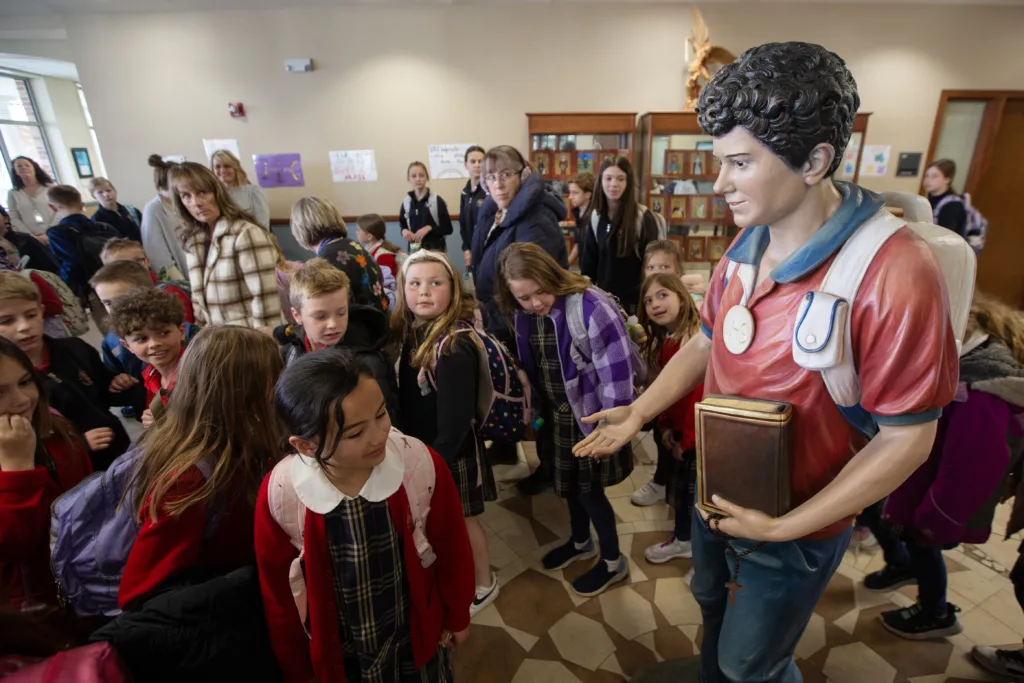
The campus minister believes Blessed Acutis’ profound faith amid suffering can be a model for students at St. Michael.
She hopes it will help them “understand that suffering, united with the suffering of Christ, bears so much fruit.”
“And that’s ultimately what makes us holy,” she continued. “It’s not just when happy moments are around or consolations, but the saints — and Carlo in this case — teach us how to lovingly and joyfully embrace suffering for the good of the world and the good of the church.”
Sister Lucia pointed out that the teen is still on the road to sainthood.
“And yet he has conquered the hearts of so many in our world today,” she said. “It’s just amazing.”

